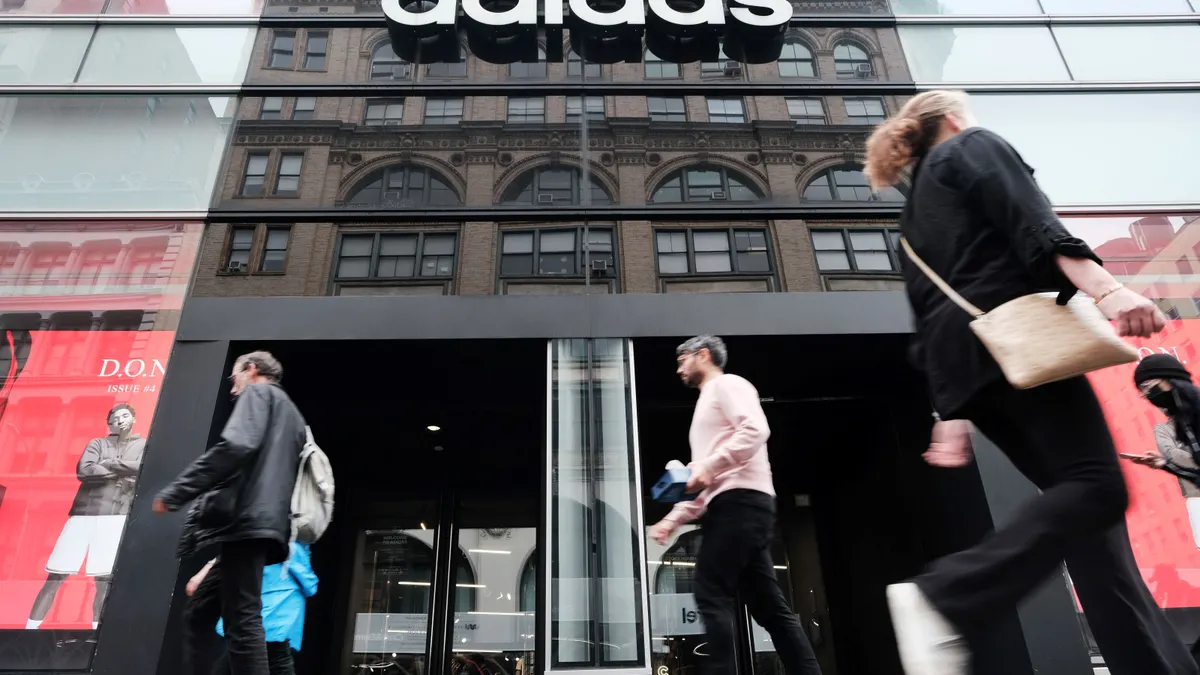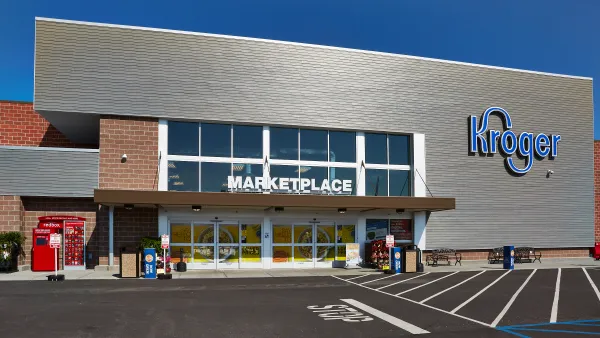Dive Brief:
- Customers in the United States are marginally more satisfied with their bank and credit card digital experiences this year than last year, according to a J.D. Power report released last month, which surveyed nearly 16,800 people.
- “If we look over time since when we first started doing this, there has been improvement, but we're kind of plateauing out in terms of average improvement across all of the different banks and issuers,” Sean Gelles, senior director of banking and payments intelligence at J.D. Power, told CX Dive. “There's not a lot of breakout experiences, and the differences are narrowing between the best and the worst experiences.”
- Satisfaction with banking apps increased nearly 2.8% from last year to 669 on a 1,000-point scale, while satisfaction with credit card apps is up 1.5% to 659.
Dive Insight:
Banks and credit card issuers have focused on providing reliable experiences via their mobile app or websites so customers don’t have to call customer service or visit a branch, Gelles said. But as laggards have improved their execution of these basics, the digital experience offered by financial institutions is starting to look alike.
“No one's really getting worse, but the ones at the bottom are getting better, and that's creating a kind of situation where we have a lot of the apps and websites starting to be very similar,” Gelles said.
The modular study — which looked at satisfaction with U.S. banking mobile apps, online banking websites, credit card mobile apps and credit card websites — found that a few banks performed slightly better than the rest.
Bank of America ranked the highest for satisfaction with its banking mobile app among national banks, Capital One took the top spot in online banking satisfaction among national banks, and American Express came in No. 1 in credit card mobile app satisfaction and online credit card satisfaction.
The best performers made navigation intuitive, embedded strong security features, and made it easy to search and dispute transactions, Gelles said.
“They all tend to be very good with security. So that’s not just about allowing the customer to easily modify their security settings, but also customers trust that they're actually being secure with that information, and that probably stems from better communication of the security features,” Gelles said.
A previous pain point was multifactor authentication, but that has since improved, Gelles said. “We're now seeing customers are actually willing to kind of trade some added friction if they're going to get better security.”














